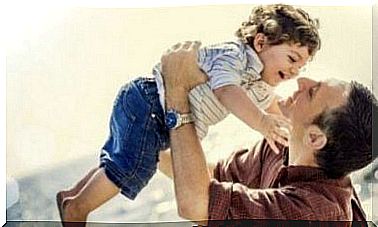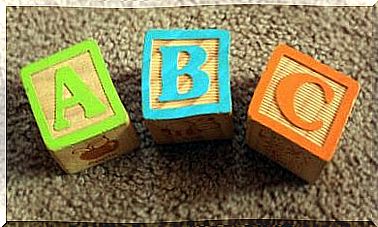When Should The Umbilical Cord Be Cut After Birth?
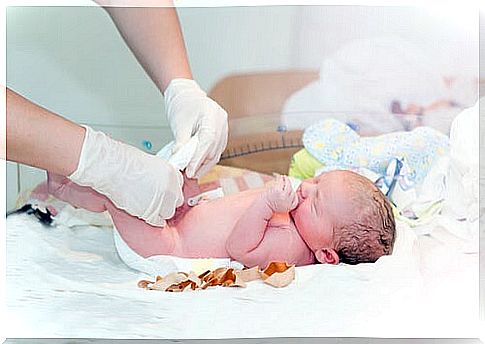
In childbirth, the most common thing is for the umbilical cord to be cut after the baby is born. Until a few years ago, this procedure was performed immediately after birth. However, over time this practice changed due to several reasons.
Today, many medical studies have determined that it is better to wait a few minutes to cut the cord or even stop receiving blood flow to do so. Because?
What is the umbilical cord
During pregnancy, the baby is attached to the placenta through the umbilical cord. This cord is made up of two arteries and a vein, protected by whitish tissue.
Blood vessels have a very particular spiral shape . Its function is to provide the baby with the nutrients and oxygen needed for life inside the womb.
The length of the cord must be adequate. In the ninth month of pregnancy, it should measure between 50 and 60 centimeters in length and 2 centimeters in width. A longer cord can obstruct the birth canal and prevent the baby from leaving.
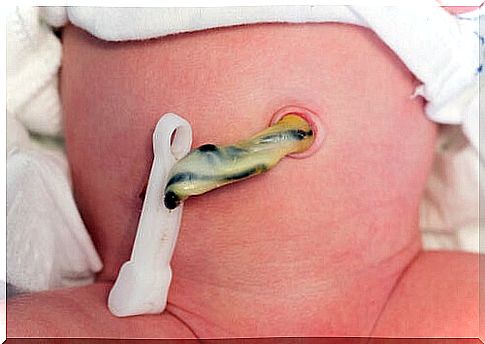
On the other hand, a shorter cord can prevent the baby from descending, which causes fetal distress. In both cases, it is necessary to have a cesarean.
Umbilical cord blood contains stem cells, whose function is to regenerate blood cells. For this reason, in some hospitals, blood is collected and frozen to treat blood disorders.
After the baby is born, the cord continues to beat for a few minutes. Normally, the cord was cut so that the baby began to breathe on its own.
However, it has recently been discovered that it is better to let the cord stop beating on its own or wait a few minutes to cut. Let’s see the reason for this new recommendation.
Why wait to cut the umbilical cord after birth?
The reason obstetricians cut the umbilical cord immediately after birth was to prevent the baby from suffering from jaundice and the mother from postpartum hemorrhages.
The extra blood that the mother passes through the umbilical cord during these few minutes produces an increase in red blood cells in babies. The pigment in these cells gives the skin its characteristic yellowish color.
For these reasons, waiting to cut the umbilical cord after birth is beneficial for the baby. Precisely, this extra blood supply also generates an increase in iron and hemoglobin, which are stored in the body.
In this way, anemia is avoided, at least in the first year of life. It was even noticed that the rate of postpartum hemorrhages did not increase significantly.
Although babies who have their umbilical cord cut a few minutes after birth have this yellowish pigmentation of the skin, the risk of suffering from jaundice does not increase. The brief postponement of the cut also does not affect the result of the Apgar test, which is taken on the baby five minutes after birth.
However, when the mother has been sedated during childbirth, cutting the umbilical cord should be done immediately after birth. This is because the medicine could pass into the baby’s body.
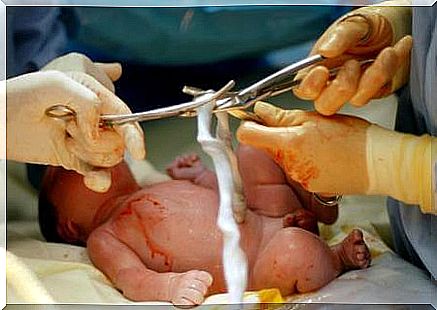
How long should you wait to cut the umbilical cord?
It is recommended to wait two to three minutes to cut the umbilical cord after the baby is born. In this way, he can receive approximately 100 milliliters of extra blood, which means higher levels of iron and hemoglobin. These levels are maintained until six months of life or more.
After these minutes, the cord stops beating little by little, but the blood continues to be transferred to the baby, which means a greater risk of jaundice. Therefore, one should not wait until the cord stops beating completely, which happens five minutes after birth.
To make this cut, the obstetrician places a forceps two centimeters from the baby’s navel and another four centimeters. The cut is performed in this space between the clamps. The piece that is attached to the baby’s navel is closed and is kept bandaged until it falls off on its own, usually seven days after birth . In some hospitals, the father is allowed to cut.
Cutting the baby’s umbilical cord, therefore, is a subject that should be discussed with the obstetrician to know how to proceed. If you prefer to wait to cut, this choice must be previously registered in the mother’s medical record.
